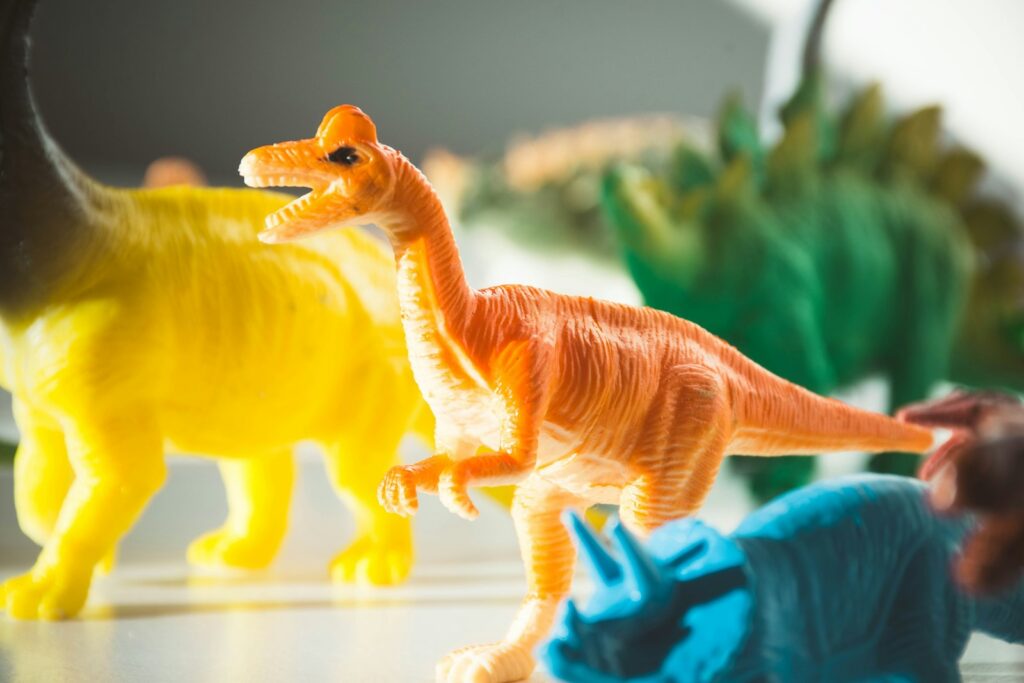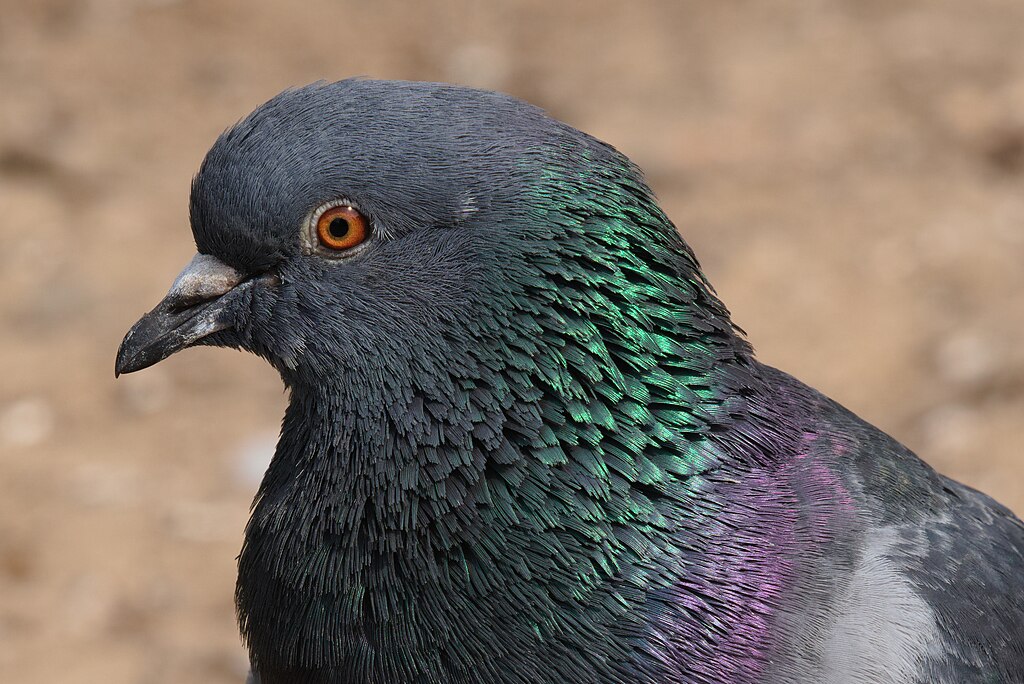The hit sitcom “Friends” gave us many memorable characters, but perhaps none as academically passionate as Dr. Ross Geller, the paleontologist whose dinosaur facts and museum anecdotes became running gags throughout the series. While Ross’s enthusiasm for prehistoric life was endearing, his scientific claims weren’t always scrutinized by the show’s writers for accuracy. For many viewers, Ross Geller may be their primary exposure to paleontology, making his statements influential in shaping the public’s perception of this fascinating field. This article examines some of Ross’s most notable paleontological claims, separating fact from fiction and exploring the real science behind the sitcom soundbites.
The Man Behind the Fossils: Who is Ross Geller?

Dr. Ross Geller, portrayed by David Schwimmer, is characterized as having a PhD in paleontology from Columbia University. Throughout the show’s ten seasons, he works at the New York Museum of Natural History (a fictional version of the American Museum of Natural History) before becoming a tenured professor at New York University. His character represents the stereotypical academic: passionate about his field but often mocked by his friends for his “boring” profession. Despite the comedic treatment, Ross’s character helped bring paleontology into mainstream consciousness during the show’s run from 1994 to 2004. His role as the group’s scientific authority made him the go-to character for delivering scientific information, regardless of whether that information was accurate or simplified for comedic effect.
The Famous “Unagi” Mix-up: Scientific Terminology Gone Wrong
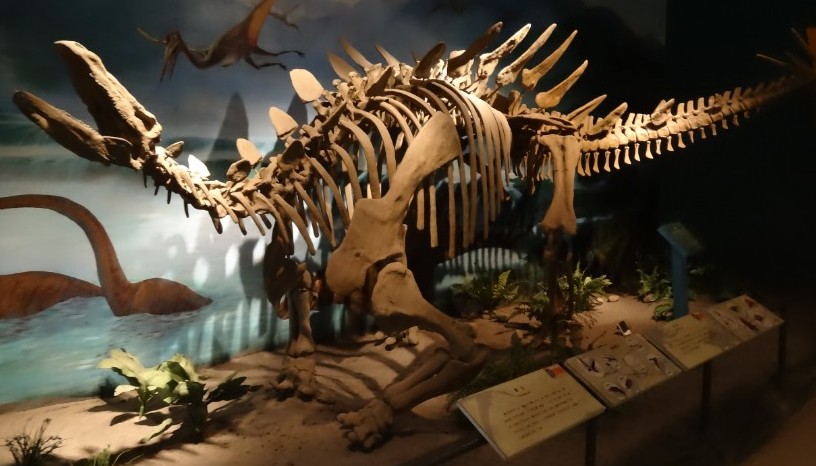
One of Ross’s most memorable scientific blunders wasn’t about paleontology at all, but it exemplifies his character’s tendency to misapply scientific concepts. In the episode “The One with Unagi,” Ross claims that “unagi” is a state of total awareness in karate, when it means “freshwater eel” in Japanese. The correct term would have been “zanshin,” a concept in Japanese martial arts referring to a state of relaxed awareness. This mix-up, although not directly related to paleontology, highlights how the show often employed scientific or technical terminology for humor rather than accuracy. This pattern extends to Ross’s paleontological claims as well, where scientific precision sometimes took a backseat to comedic delivery or plot convenience.
Dinosaur Classification: Did Ross Get It Right?
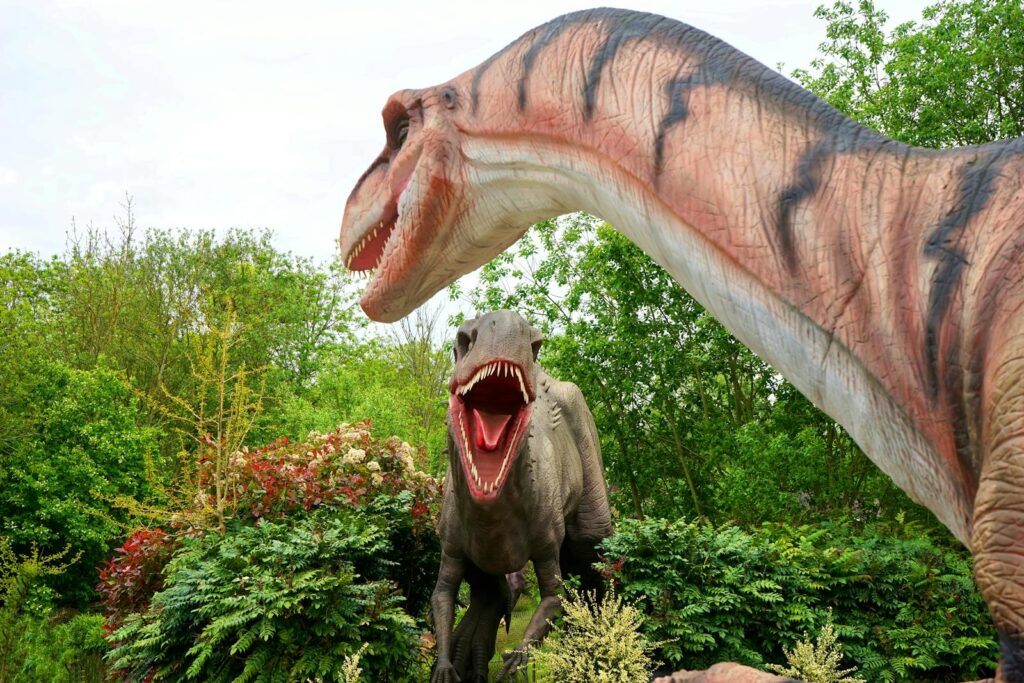
Throughout the series, Ross references various dinosaur classifications, sometimes with questionable accuracy. In one episode, he corrects a museum tour guide who describes a fossil as belonging to the “Jurassic Period” by stating it’s actually from the “Late Cretaceous Period.” This distinction shows a legitimate understanding of the geological periods during which dinosaurs lived. However, in other instances, Ross makes taxonomic statements that paleontologists might question. For example, when discussing his research, he sometimes mentions studying specific genera without acknowledging the complex nature of dinosaur taxonomy, which undergoes regular revision as new evidence emerges. Real paleontologists understand that classification is an evolving process rather than fixed categories, something the show rarely acknowledges through Ross’s character.
The Famous “Pivot” Scene: Moving Dinosaur Fossils
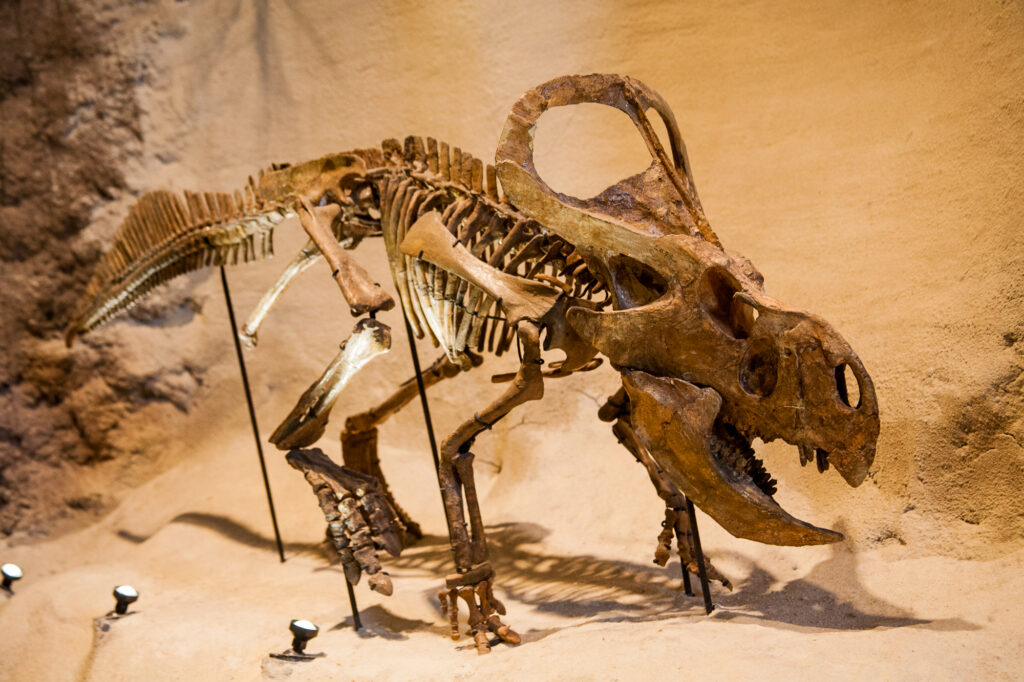
The iconic “PIVOT!” scene, where Ross attempts to move a couch up a narrow stairwell, has become one of the show’s most memorable moments. While this scene isn’t directly about paleontology, it does reflect something real about the field—the logistics of moving large, fragile specimens. Professional paleontologists face significant challenges when transporting fossil specimens, especially large dinosaur bones. Unlike Ross’s haphazard approach to moving furniture, real fossil transport involves careful planning, specialized packaging materials, custom-built crates, and sometimes even cranes or helicopters for field extraction. Museums employ teams of preparators and conservators who specialize in the safe handling and mounting of fossils, a complex process that requires years of training and expertise, certainly more finesse than Ross demonstrated with that unfortunate couch.
Dating Methods: Carbon Dating Dinosaurs?

In several episodes, Ross makes references to carbon dating fossils, which represents a common scientific misconception that even today’s media perpetuates. Carbon-14 dating is only effective for organic materials up to approximately 50,000-60,000 years old, making it completely unsuitable for dinosaur fossils, which are millions of years old. Paleontologists actually use radiometric dating methods like potassium-argon or uranium-lead dating to determine the age of the rock layers surrounding fossils, not the fossils themselves. Additionally, paleontologists use biostratigraphy (studying which fossils appear in which rock layers) and magnetostratigraphy (analyzing the Earth’s magnetic field patterns preserved in rocks) to establish relative ages. Ross’s simplified explanations miss the complex reality of how scientists determine the age of ancient specimens.
Dinosaur Behavior: Fact or Fiction?

Ross occasionally makes claims about dinosaur behavior that reflect the paleontological understanding of the 1990s, some of which have since been updated. For instance, the show aired during a period when the connection between dinosaurs and birds was becoming more widely accepted, but before the discovery of numerous feathered dinosaur fossils from China that transformed our understanding of dinosaur appearance. When Ross describes dinosaurs as “lizard-like,” he’s perpetuating an outdated view that many paleontologists had already begun to question. Modern paleontologists now understand that many theropod dinosaurs had feathers, held their bodies in bird-like postures, and exhibited behaviors more similar to modern birds than reptiles. The scientific consensus about dinosaur behavior, appearance, and physiology has evolved significantly since Friends aired, making some of Ross’s statements seem outdated by today’s standards.
Museum Work: Hollywood vs. Reality
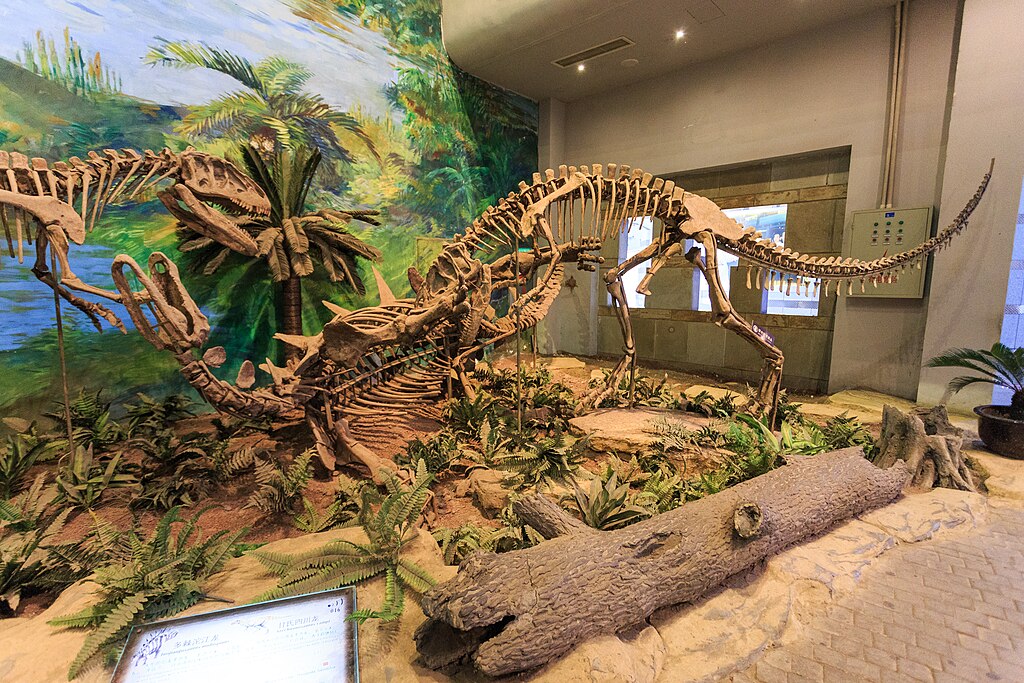
Ross’s portrayal of museum work in “Friends” creates a somewhat glamorized and inaccurate picture of what paleontologists do. The show depicts him primarily working with displayed specimens in pristine museum halls, occasionally delivering lectures, and somehow finding time for regular coffee breaks with friends. In reality, museum paleontologists spend much of their time in collections areas, laboratories, and offices—spaces the public never sees. Their work involves detailed documentation, grant writing, peer review, fossil preparation, and data analysis. Field work, while exciting, typically constitutes only a small portion of a paleontologist’s annual schedule and involves physically demanding work in often harsh conditions. The day-to-day reality of paleontological research involves much more computer work, microscope time, and administrative tasks than Ross’s glamorized portrayal would suggest.
The Infamous 18-Page Letter: Scientific Communication

Though not directly about paleontology, Ross’s “18-page letter (front and back)” to Rachel provides an amusing parallel to scientific writing in paleontology. Professional paleontologists regularly produce lengthy, detailed papers documenting their findings, complete with extensive technical terminology, measurement data, and comparative analyses. Scientific publications in paleontology often exceed 18 pages and require precise language that leaves no room for misinterpretation, much like Ross intended with his relationship document. However, unlike Ross’s emotional manifesto, scientific papers undergo rigorous peer review before publication, with colleagues examining methods, questioning conclusions, and suggesting revisions. The process of scientific publication is collaborative and iterative, designed to ensure accuracy rather than to assign blame or justify past behavior—a distinction Ross might have benefited from understanding in his personal life as well as his professional one.
Academic Politics: Ross’s Career Trajectory
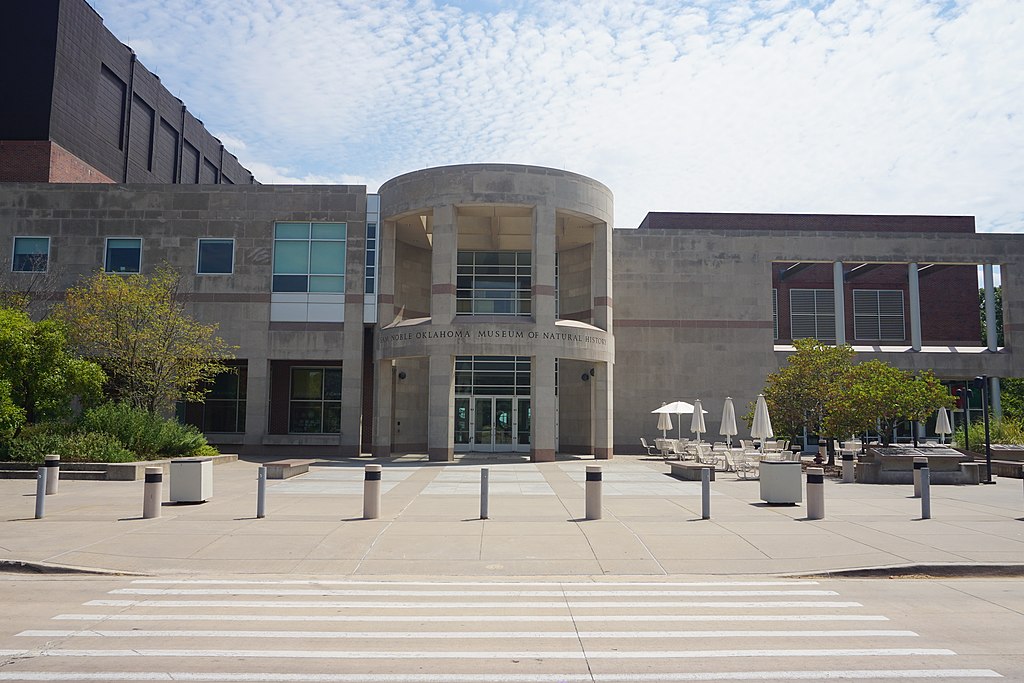
Ross’s rapid career advancement from museum employee to tenured professor at NYU provides a simplified and unrealistic portrayal of academic career paths in paleontology. The show glosses over the intensely competitive nature of academic positions in this field, where permanent jobs are scarce and the path to tenure typically involves years of postdoctoral positions, publication requirements, and teaching evaluations. In reality, many paleontologists work on limited-term contracts or split their time between multiple institutions. The funding challenges facing paleontologists are also rarely mentioned in the show, despite being a central concern for real scientists who must constantly secure grants to support their research. Ross’s seemingly effortless career transitions misrepresent the significant challenges facing early and mid-career scientists in this competitive field.
Paleontological Ethics: Fossil Collection and Ownership

Throughout the series, Ross appears to have personal access to valuable fossils and seems to treat museum specimens as extensions of his research collection. In one episode, he even brings a valuable fossil to a date. This portrayal misrepresents the strict ethical guidelines and legal frameworks governing the collection, study, and display of fossils. Museum specimens are carefully catalogued institutional property, not personal possessions of the researchers who study them. Modern paleontological ethics emphasize that significant fossils belong in public repositories where they remain accessible to researchers and the public. Additionally, many countries now have strict laws regarding fossil collection and export, with significant penalties for violations. The casual attitude toward specimen handling shown in “Friends” would be considered highly unprofessional and potentially career-ending in today’s paleontological community.
The Science of Paleontology: What Friends Got Right
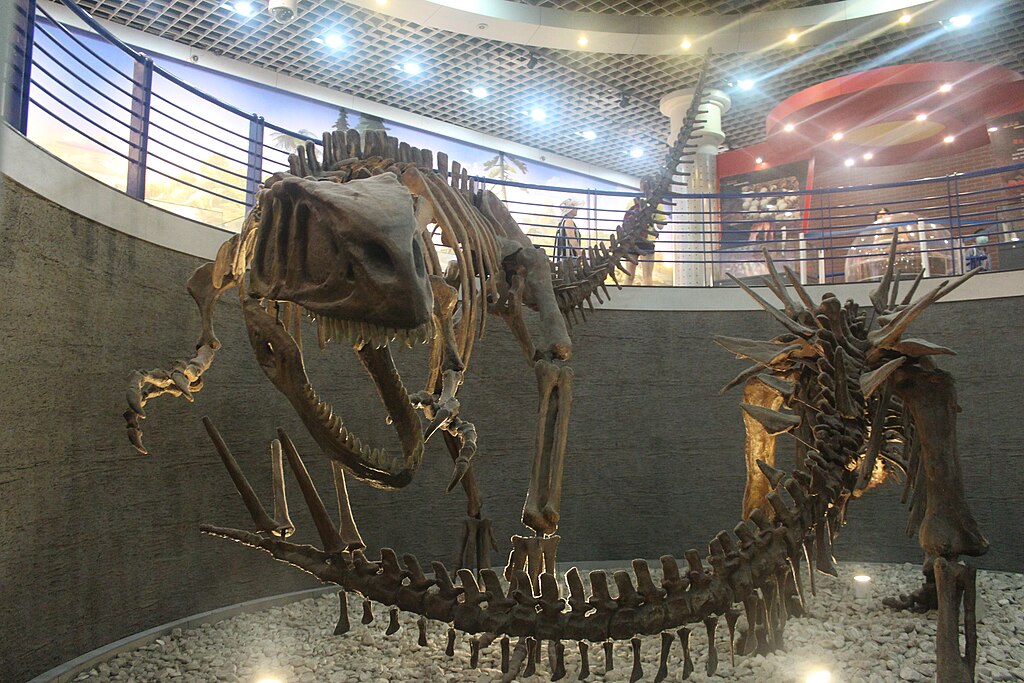
Despite its inaccuracies, “Friends” did capture some genuine aspects of paleontology through Ross’s character. His enthusiasm for the subject matter accurately reflects the passion that drives real paleontologists, who often develop their interest in prehistoric life from a young age. The show correctly portrays paleontology as a multidisciplinary field that combines aspects of geology, biology, and even chemistry to understand ancient life. Ross’s excitement when discussing discoveries mirrors the genuine thrill that paleontologists experience when unearthing new specimens or recognizing significant patterns in the fossil record. Perhaps most importantly, the show captured the public education aspect of paleontology, showing Ross giving museum tours and lectures—activities that real paleontologists consider vital for building public support for their research and inspiring the next generation of scientists.
Pop Culture Paleontology: Ross Geller’s Legacy
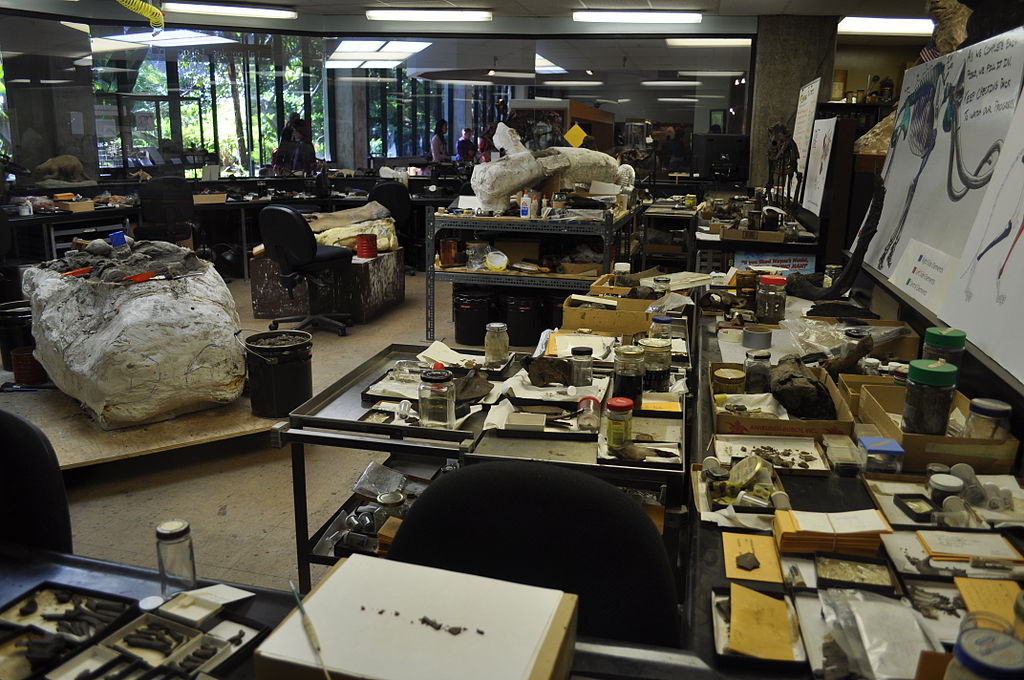
Despite its scientific shortcomings, Ross Geller’s character has had a measurable impact on public perception of paleontology. Museum educators report that visitors still occasionally reference “Friends” when discussing dinosaur exhibits, and some paleontologists acknowledge that the show influenced their early interest in the field. Ross represented one of the few recurring scientist characters on mainstream television during the 1990s, making him an unusual pop culture representative for STEM fields. While his portrayal reinforced some stereotypes about scientists being socially awkward, it also normalized the idea that someone could be passionate about scientific research. The character helped make paleontology more recognizable to the general public, even if the science he presented wasn’t always accurate. In this way, Ross Geller joins other fictional scientists like Jurassic Park’s Dr. Alan Grant in shaping public understanding of paleontology, for better or worse.
Modern Paleontology: Beyond Ross Geller

The field of paleontology has evolved dramatically since “Friends” first aired, with technological advances transforming how scientists study ancient life. Modern paleontologists use CT scanning to examine internal fossil structures without damaging specimens, employ sophisticated computer modeling to test hypotheses about dinosaur movement and behavior, and analyze ancient DNA when preservation permits. The rise of social media has also changed how paleontologists communicate their findings, with many researchers actively engaging with the public through Twitter, YouTube, and other platforms. Unlike Ross’s isolated academic bubble, today’s paleontologists frequently collaborate across international boundaries and disciplines, bringing together experts from fields like biomechanics, climate science, and molecular biology. These collaborative approaches have led to revolutionary discoveries about dinosaur coloration, growth rates, and evolutionary relationships that would have amazed even the enthusiastic Dr. Geller.
Conclusion: Separating Entertainment from Education
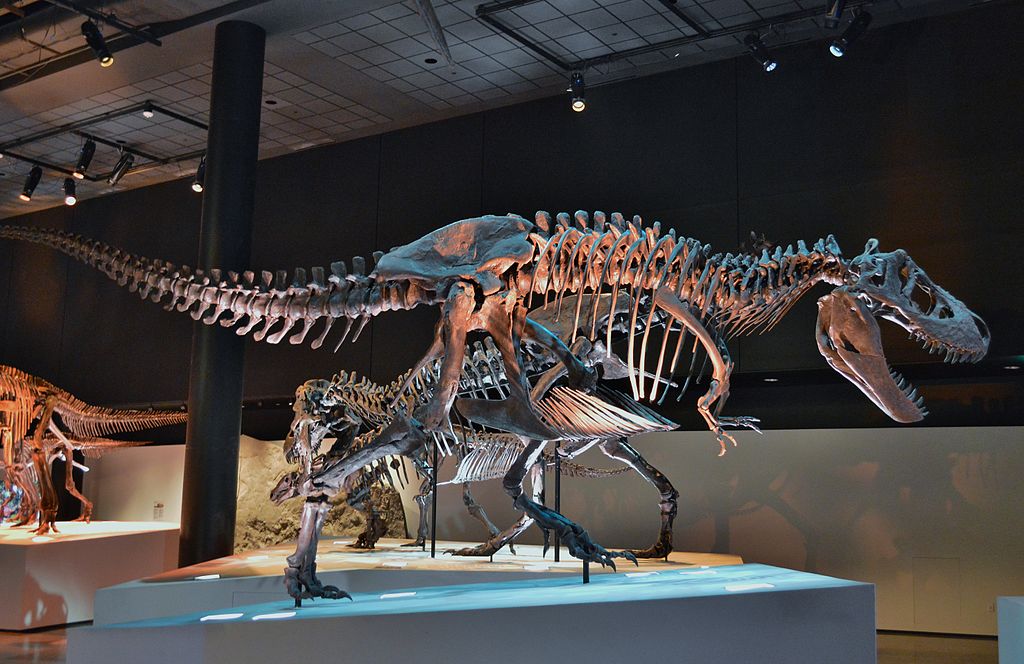
While Ross Geller helped bring paleontology into millions of living rooms, his character reminds us of the important distinction between entertainment and education. The simplified, sometimes inaccurate portrayal of paleontology in “Friends” reflects broader challenges in representing science accurately in popular media. Rather than criticizing a sitcom for scientific inaccuracies, perhaps we should appreciate that it sparked interest in paleontology while recognizing the need for more substantive scientific content elsewhere. For viewers whose curiosity was piqued by Ross’s dinosaur talks, numerous museums, books, documentaries, and educational websites offer opportunities to explore paleontology with greater scientific accuracy. In the end, Ross Geller’s greatest contribution to paleontology may not be the specific facts he shared, but the enthusiasm he modeled, reminding us that beneath the technical terminology and methodical research, science begins with wonder about the natural world.



